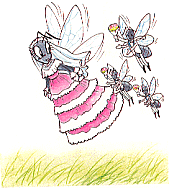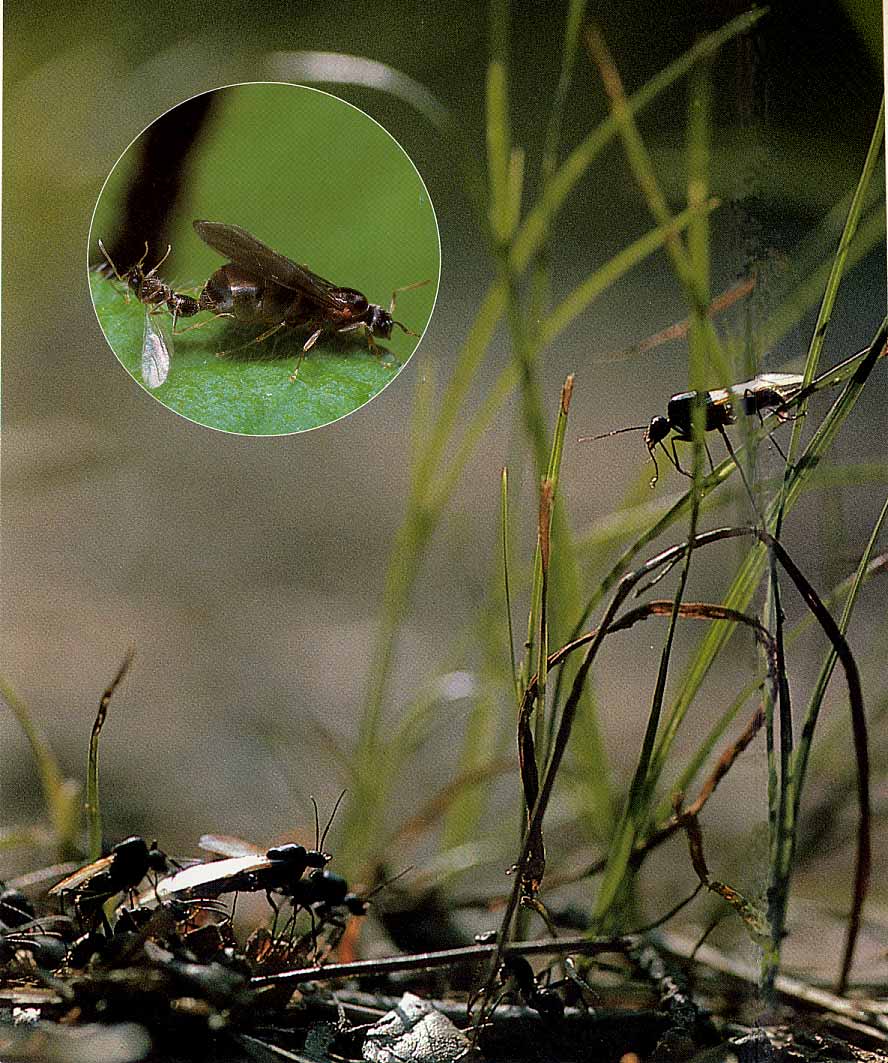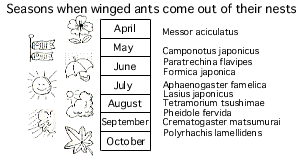![]()
![]()
![]()
![]() Ant
kingdom
Ant
kingdom
![]() Structures
of ants
Structures
of ants
![]() Winged
ants
Winged
ants
![]() Marriage
flight
Marriage
flight
![]() Ant
Kingdom from a queen
Ant
Kingdom from a queen
![]() Egg-laying
by a queen
Egg-laying
by a queen
![]() Ants
are strong
Ants
are strong
![]() Procession
of ants
Procession
of ants
![]() Ants
like sweets
Ants
like sweets
![]() Ants
raising insects
Ants
raising insects
![]() Slave-making
ants
Slave-making
ants
![]() A
fight of ants
A
fight of ants
![]() Ant
lion
Ant
lion
![]() Hibernation
of ants
Hibernation
of ants
![]() How
to raise ants
How
to raise ants
![]() Contents
Contents
![]() index
index





